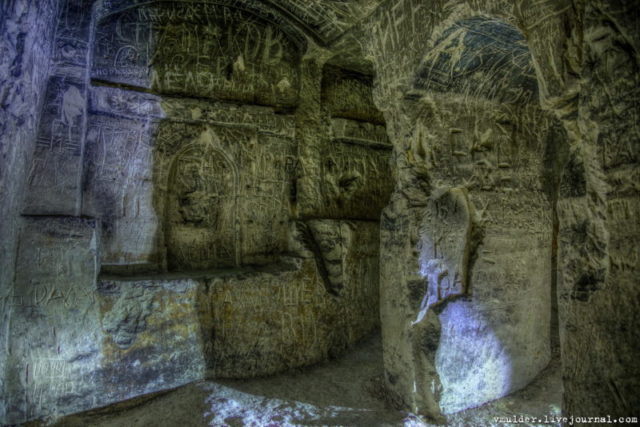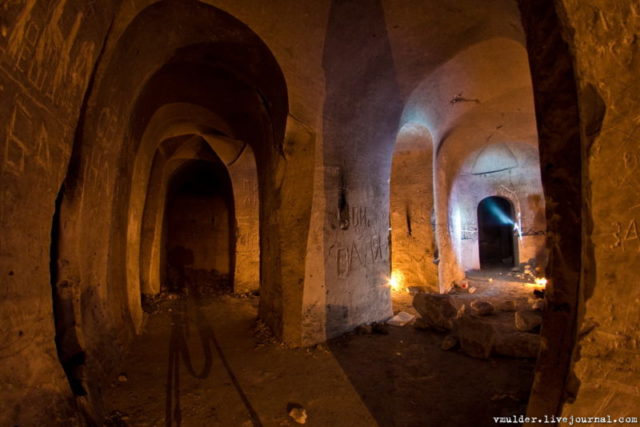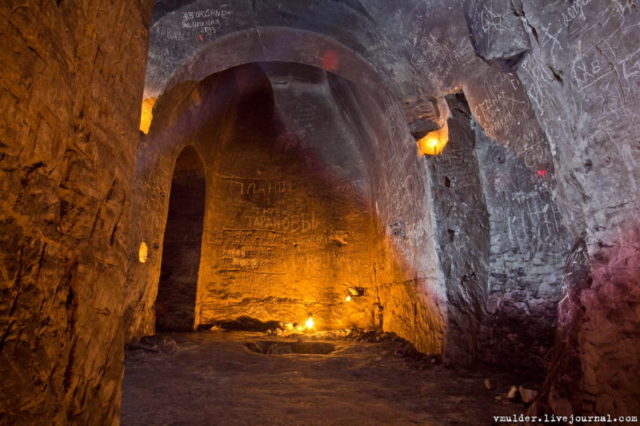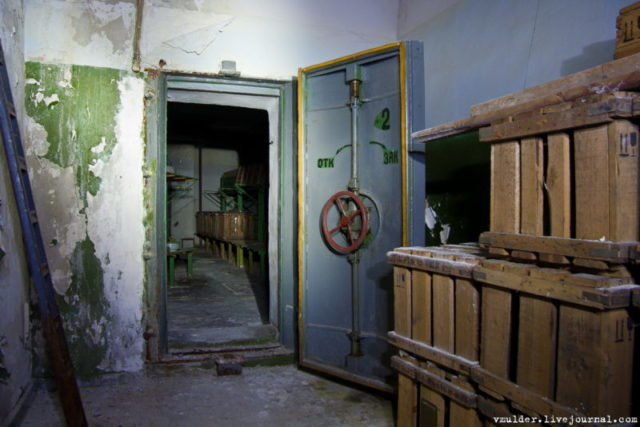Voronezh, a city in Russia’s fertile crop-growing region known as Chernozemye, is not a place one would typically associate with the mysterious and the unknown.
Founded in 1586, the city became an important shipbuilding center under Peter the Great and is today considered the birthplace of Russian airborne forces. Not many of its inhabitants know of the underground world hidden beneath their feet.
Let us take a walk around the amazing underground structures, both man-made and naturally formed, which are located in Voronezh and its outskirts.
A big thank you to Vladimir Mulder for the information and photographs. You can see more of his work here: vmulder
The first structure along our way is a Soviet air raid shelter or, to be more precise, a protective bunker.
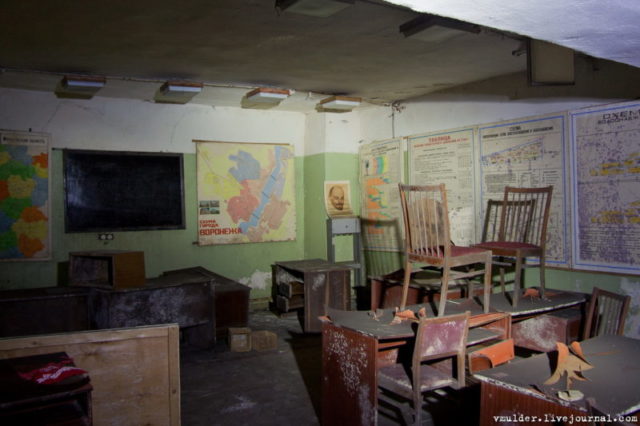
It was designed to protect not only against aerial bombardment but also nuclear explosions, industrial accidents, chemical leaks, and radioactive contamination.
Almost nothing is known about the structure; its scale, when it was built, and when it was abandoned remains a mystery. This is because information about it is classified, so one can only wonder about its true story.
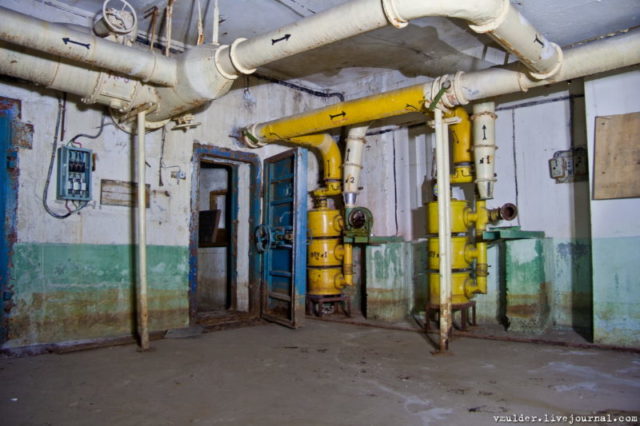
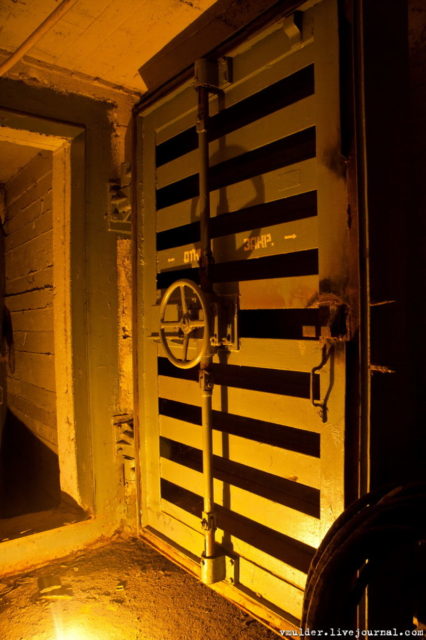
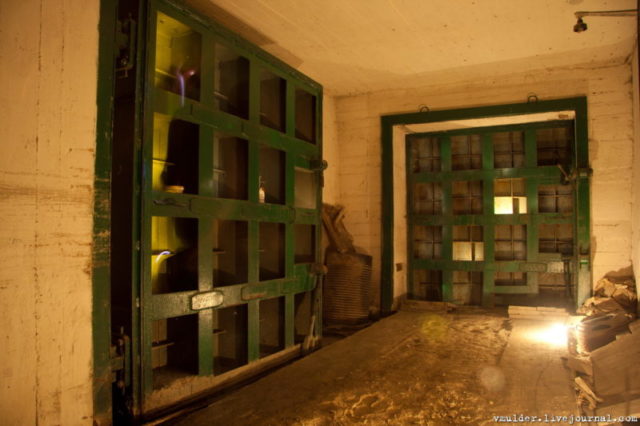
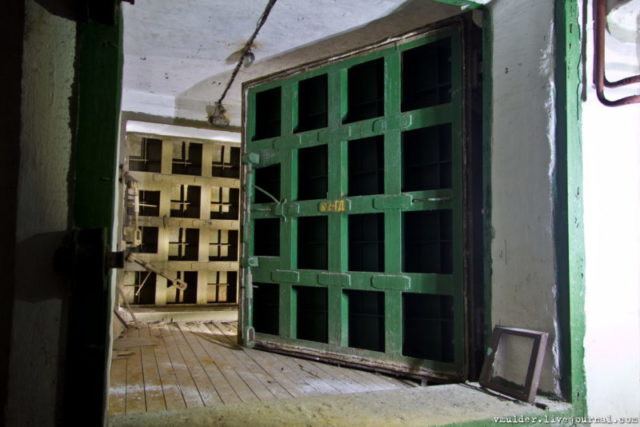
According to officials, shelters are not designed to house the whole population of the city, as in the event of an emergency the whole population would need to be evacuated. Instead, they are intended to provide a safe refuge for workers in the defense and transport industries, nuclear power plant staff, policemen, firemen, non-transportable patients, and some doctors.
In a city like Voronezh, these people make up about one-fifth of the population. We can do the math now and conclude that the shelters were potentially designed for at least 200,000 people. Perhaps in the USSR, when the Soviet Union and the United States were on the brink of nuclear war, these bomb shelters were built to house the whole city. Unfortunately, one can only speculate; there are no definite answers.
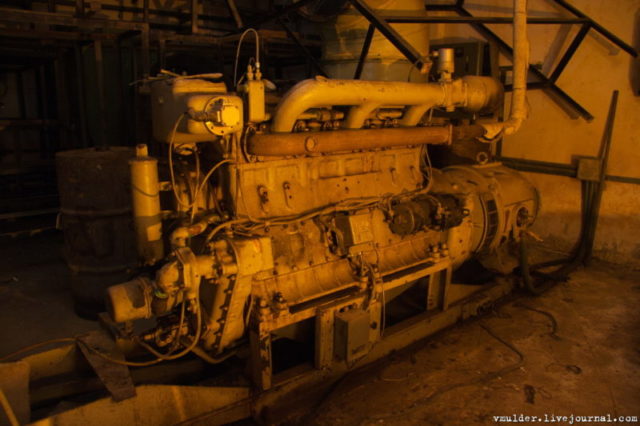
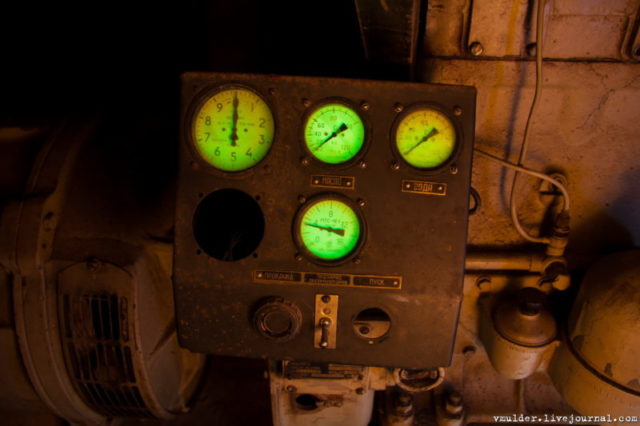
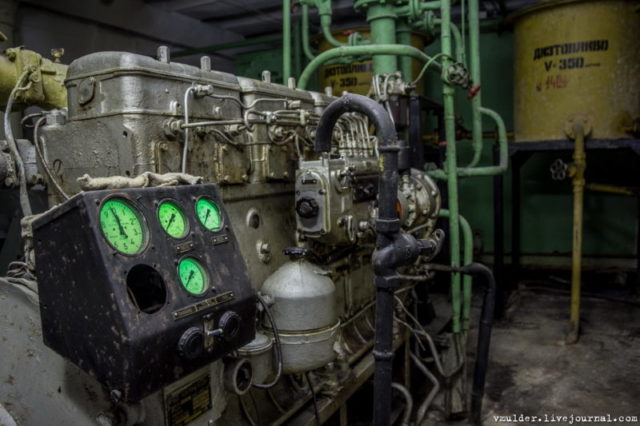
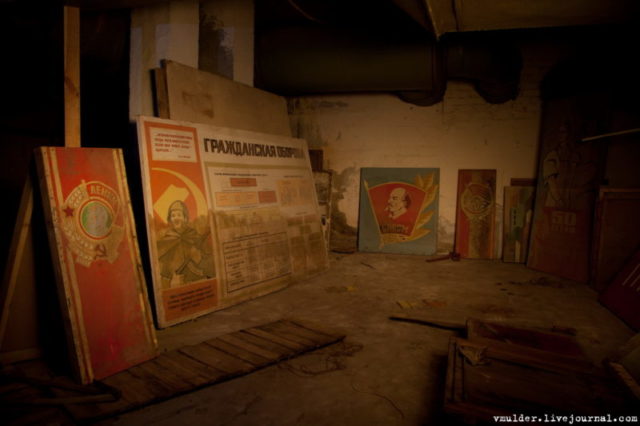
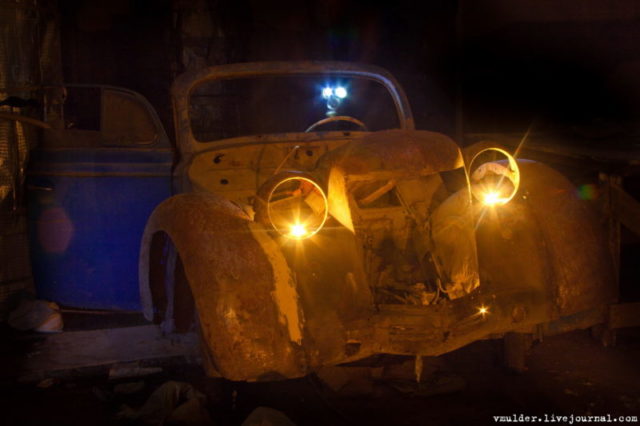
Next, we advance through the city to see what else is hidden under its streets.
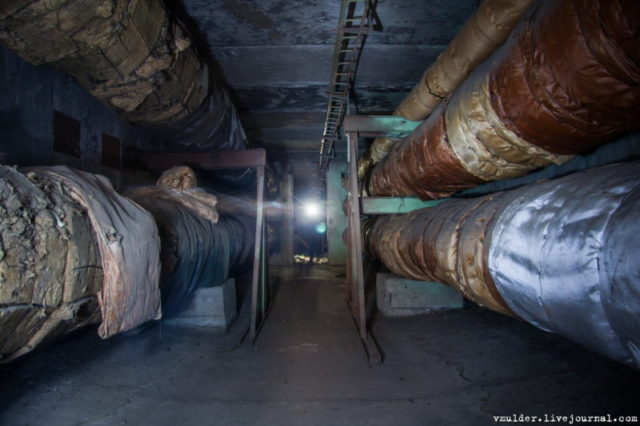
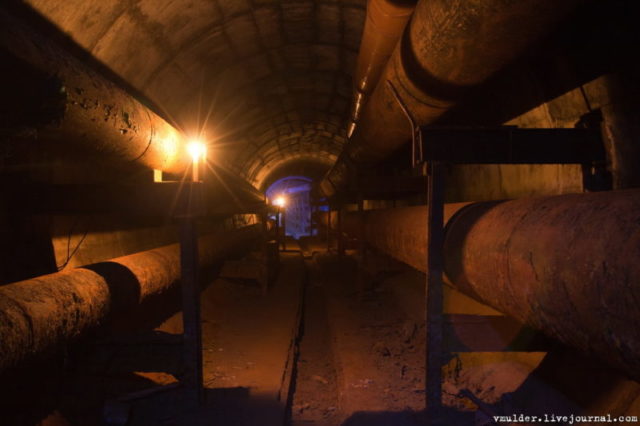
There is an underground river called Peschaniy Log:
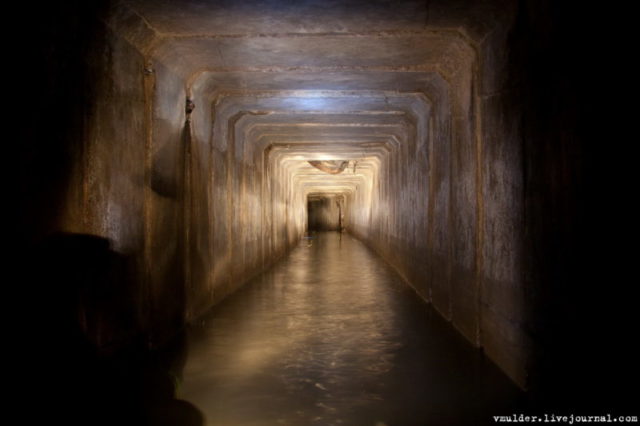
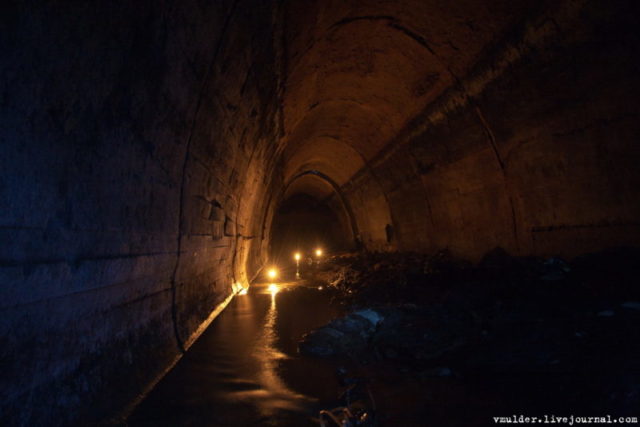
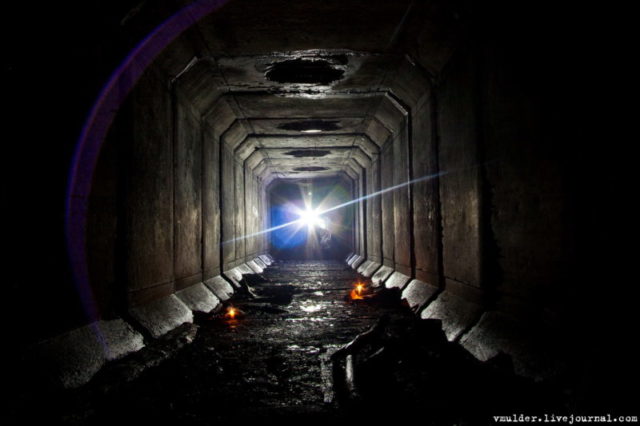
Beneath old mansions, mysterious cellars were built. They hide many secrets.
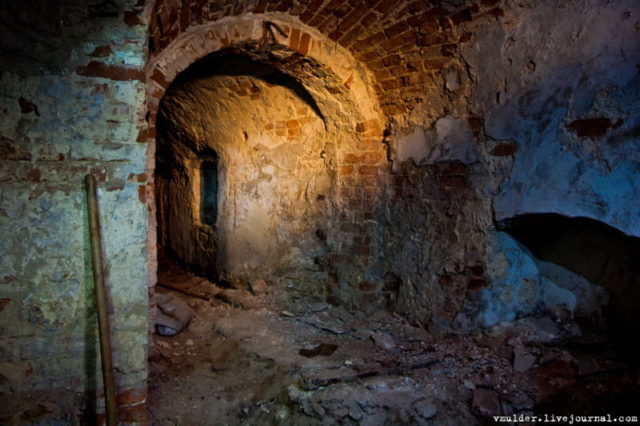
An airtight door is securely sealed. Perhaps behind it is a secret nuclear shelter? Perhaps a research facility? Perhaps something more sinister…
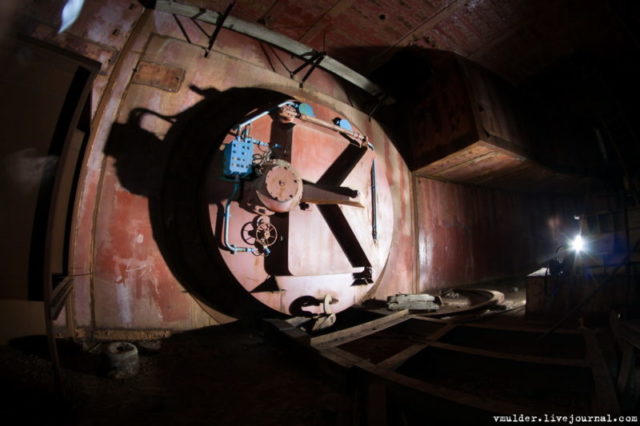
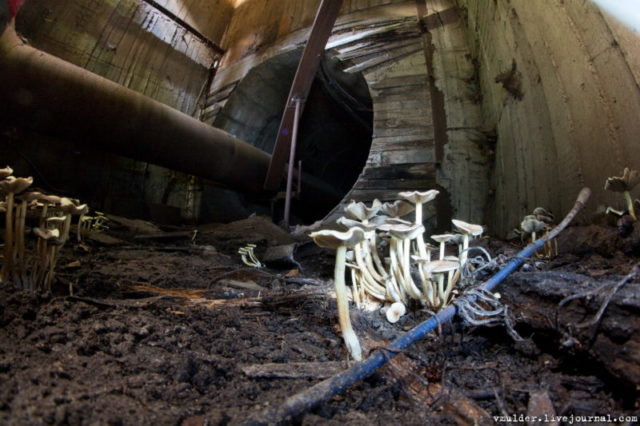
Now, we exit the underground world of Voronezh and move on to look at the subterranean structures near the city.
Near Voronezh are incredible underground monasteries and churches dug by monks in the chalk mountains. They are called Peshchery Pridonya, or the Caves of Pridonye.
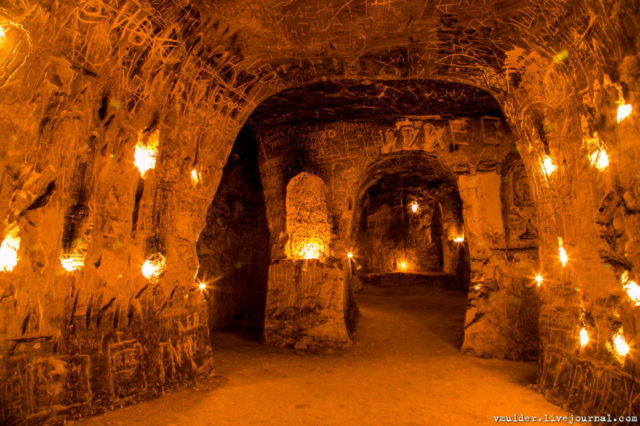
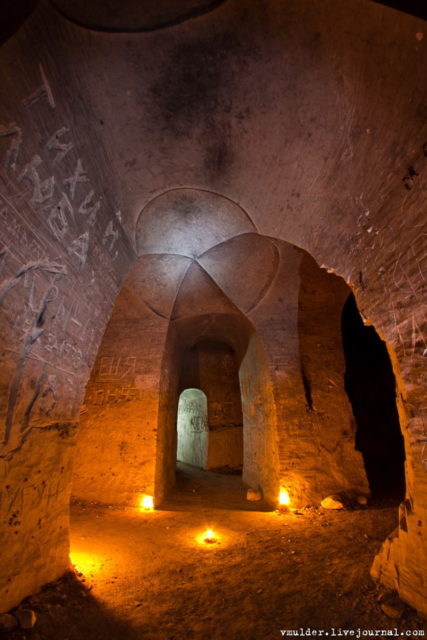
Each cave has its own history and the time when each was dug varies. Some have been created as late as the 19th century, while others are believed to originate in the 10th century, around the time of the Baptism of Rus’ – when the Russian lands moved from the worship of pagan gods to the Christian faith.
It is believed that the 10th-century structures were abandoned in the 13th century when Rus’ was invaded by Batu Khan’s Golden Horde. The invasion resulted in the Tatar-Mongol Yoke over Rus’, which lasted for more than 2 centuries.
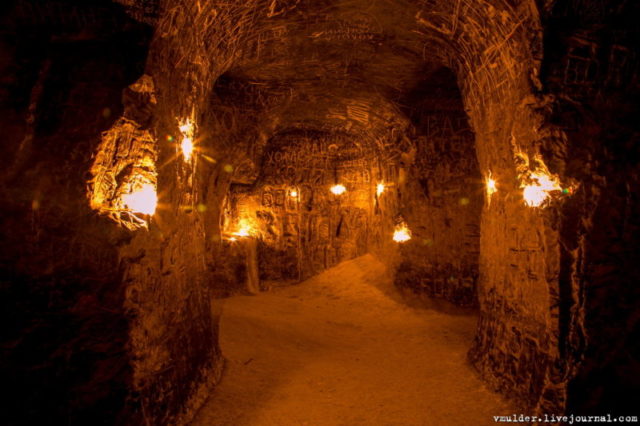
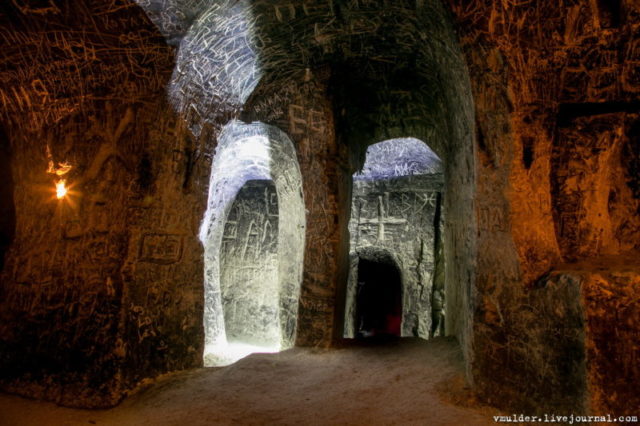
The walls of the caves have been vandalized: visitors have inscribed their names and other writing in the soft chalk. But today, some of the cave complexes are being renovated, which includes the writing being smoothed out.
